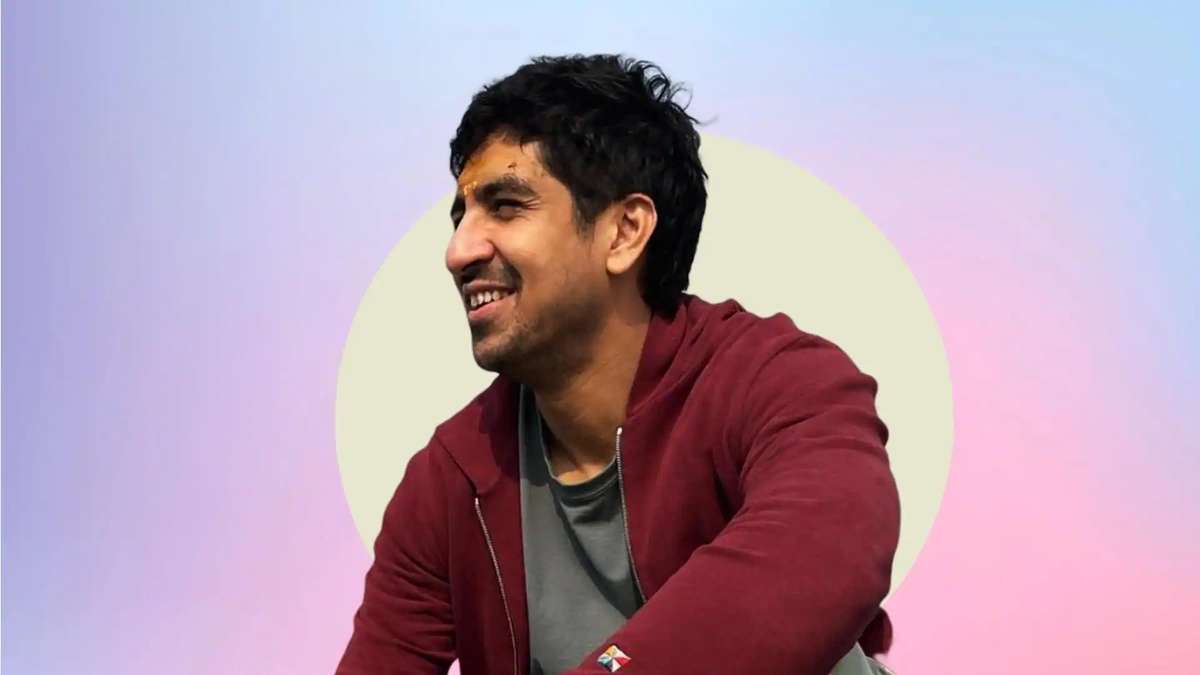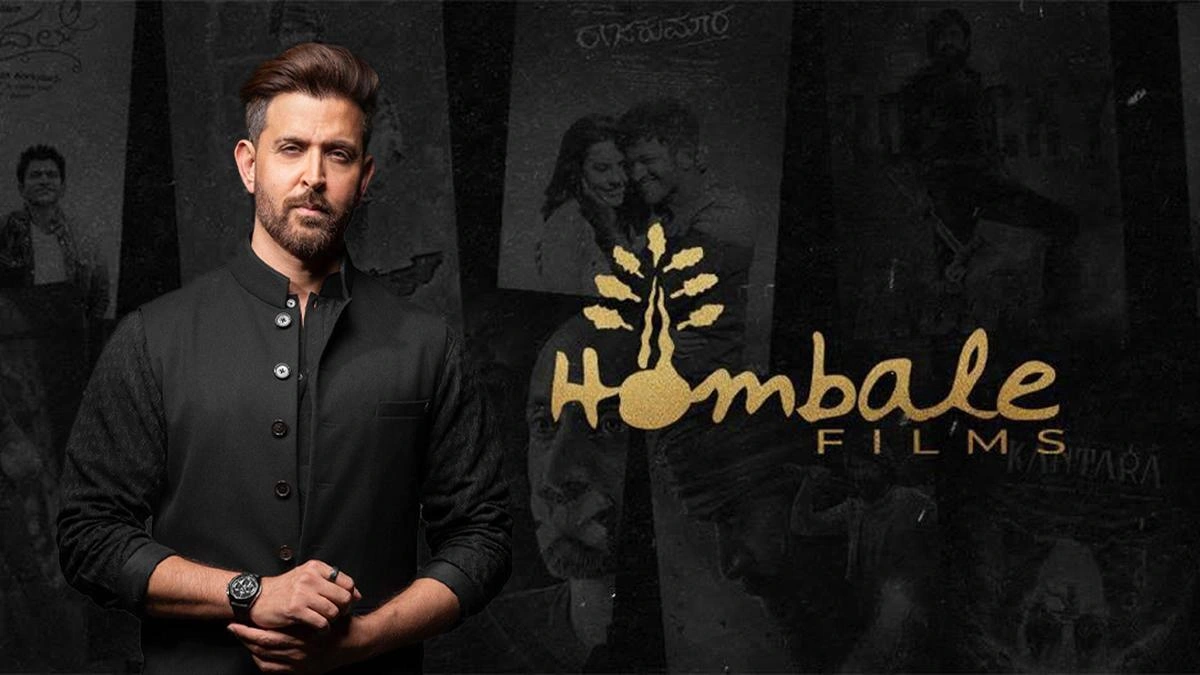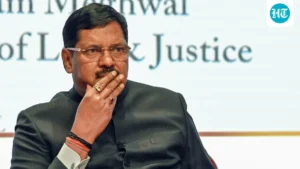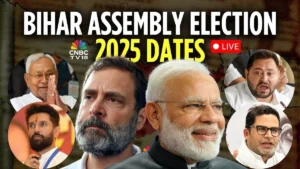Ayan Mukerji | More Than Just Brahmastra – The Untold Story
Ayan Mukerji. The name conjures images of big-budget Bollywood spectacles, of course, especially Brahmastra . But here’s the thing: there’s a whole universe to Ayan beyond that one film. What fascinates me is how he evolved from a relatable, slice-of-life director to helming such a massive project. Let’s dive in, shall we? This isn’t just a biography; it’s an exploration.
The Early Spark | Wake Up Sid and Yeh Jawaani Hai Deewani

Ayan didn’t start with VFX-heavy epics. He started with stories that resonated with the youth. Wake Up Sid , his directorial debut, was a breath of fresh air. It captured the essence of finding yourself, of transitioning from adolescence to adulthood. And then came Yeh Jawaani Hai Deewani , a film that practically became an anthem for an entire generation. What’s interesting is how these films, seemingly lighthearted, subtly explored deeper themes of ambition, relationships, and self-discovery. These early successes weren’t just about box office numbers; they established Ayan as a storyteller who understood the pulse of young India.
But – and this is a big but – even back then, there were hints of the grand vision that would eventually become Brahmastra. The attention to detail, the vibrant visuals, the focus on emotional arcs…it all pointed towards a director with ambitions beyond the ordinary. And he never shied away from weaving in elements that deviated from the typical Bollywood formula. Take the music, for example. It wasn’t just background noise; it was an integral part of the narrative, enhancing the emotional impact of key scenes.
The Brahmastra Journey | A Decade in the Making
Then came Brahmastra , a project that consumed nearly a decade of his life. Let’s be honest, the film faced its share of criticism. But you can’t deny the sheer scale of the vision. Ayan dared to create something original, something rooted in Indian mythology but presented with cutting-edge technology. This ambition is what sets him apart. He wasn’t content with following the established norms; he wanted to create a whole new cinematic universe. And whether or not Brahmastra fully achieved that vision, it undeniably pushed the boundaries of Indian filmmaking.
The “why” behind this shift is crucial. Ayan wasn’t just chasing trends. He was tapping into a deeper desire to tell stories that connected with India’s rich cultural heritage. He saw the potential to create a superhero narrative that wasn’t just a rehash of Western tropes, but something uniquely Indian. This ambition required immense dedication, and he invested years researching and developing the project. He wanted it to be a film that would resonate globally and showcase Indian storytelling on a world stage. According to the official Wikipedia page , the genesis of the idea dates back several years before the film’s release.
Challenges and Triumphs | Navigating the Bollywood Landscape
The path wasn’t easy. Ayan faced numerous challenges, from budget constraints to technical hurdles. But he persevered. He surrounded himself with a talented team and relentlessly pursued his vision. That’s a mark of great leadership. His ability to collaborate effectively and inspire those around him was instrumental in bringing Brahmastra to life. A common mistake I see filmmakers make is undervaluing the power of collaboration.
So, what’s next for Ayan Mukerji? Rumors abound, of course. There’s talk of Brahmastra sequels, of venturing into different genres. But one thing’s for sure: he’s not one to rest on his laurels. He’s constantly seeking new challenges, new ways to push the boundaries of his creativity. He is also working on War 2. Anupamaa related to this might be interesting too.
The Ayan Mukerji Effect | Inspiring a New Generation
Ayan’s impact extends beyond his films. He’s inspired a new generation of filmmakers to think big, to dream bigger, and to not be afraid to take risks. He is a role model for aspiring directors who want to create original, meaningful stories that resonate with audiences worldwide. His journey is a testament to the power of perseverance, the importance of collaboration, and the unwavering pursuit of one’s artistic vision.
And here’s the thing: Ayan’s success is not just about talent; it’s also about his genuine passion for storytelling. He pours his heart and soul into his projects, and that’s what makes them so compelling. He creates characters that we can relate to, stories that touch our hearts, and visuals that stay with us long after the credits roll.
What fascinates me is his ability to blend commercial success with artistic integrity. He’s not afraid to experiment, to take risks, and to push the boundaries of what’s possible. He is a true visionary, and his contributions to Indian cinema are undeniable. Let’s not forget his ability to create memorable soundtracks! You might enjoy reading about Zubeen Garg in relation to music and filmmaking in Bollywood.
Frequently Asked Questions (FAQ)
What inspired Ayan Mukerji to create Brahmastra?
Ayan wanted to create a superhero film rooted in Indian mythology, showcasing Indian culture on a global stage. He spent years researching and developing the project.
What were some of the challenges Ayan faced while making Brahmastra?
He faced challenges like budget constraints, technical hurdles, and the pressure of creating something entirely original within the Bollywood landscape.
What’s next for Ayan Mukerji after Brahmastra?
While official details are scarce, rumors suggest he’s working on Brahmastra sequels and possibly exploring different genres, along with War 2.
How has Ayan Mukerji influenced Indian cinema?
He’s inspired a new generation of filmmakers to think big, take risks, and create original stories that blend commercial appeal with artistic integrity.
What makes Ayan Mukerji a unique filmmaker?
His genuine passion for storytelling, his ability to blend commercial success with artistic vision, and his willingness to push boundaries are all key factors.
What are the key films directed by Ayan Mukerji?
His key films include Wake Up Sid, Yeh Jawaani Hai Deewani, and Brahmastra.













